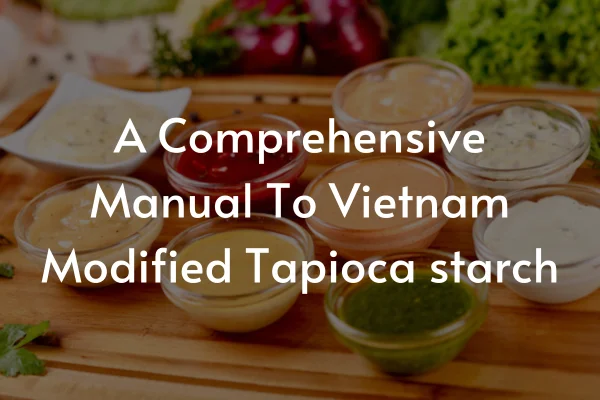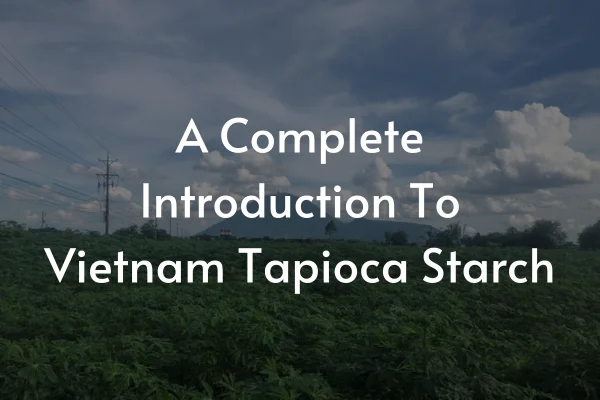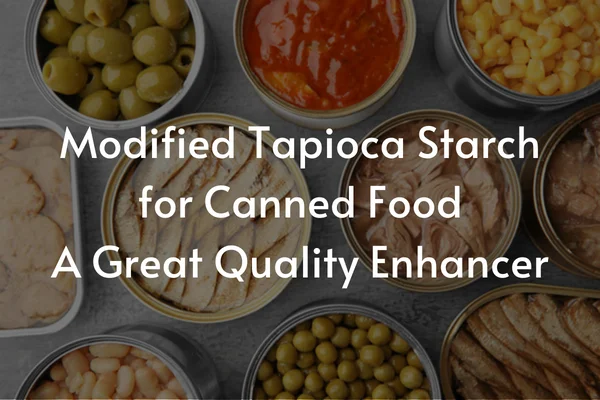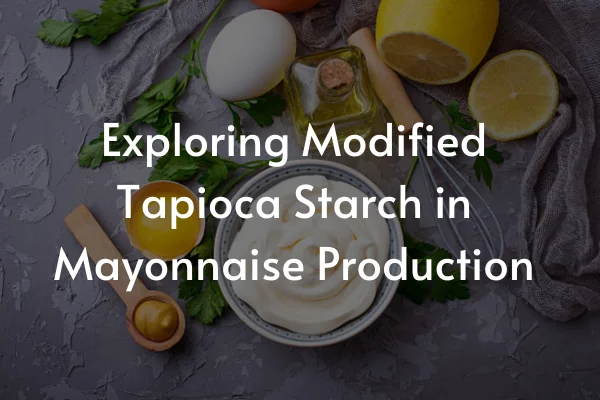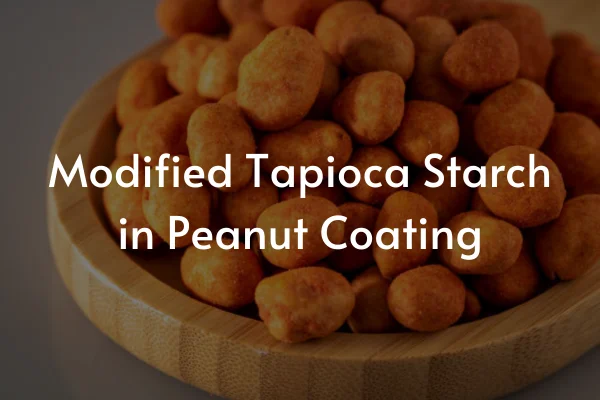
Vietnam Tapioca Starch For Charcoal Briquettes Production
- Home
- Tapioca Starch Products
- Vietnam Tapioca Starch For Charcoal Briquettes Production
Tapioca starch for charcoal briquettes has received considerable attention in recent years. In this article, we delve into the various aspects of tapioca starch, exploring its effectiveness compared to corn starch, determining the ideal tapioca starch type for briquettes binders, and uncovering the advantages of pregelatinized tapioca starch (cold-swelling tapioca starch). We also provide valuable insights into the process of briquette preparation using tapioca starch. With the global focus shifting towards sustainable solutions, the utilization of tapioca starch for charcoal briquettes is gaining significant attention. Join us as we unlock the potential of tapioca starch in revolutionizing the future of briquettes production.
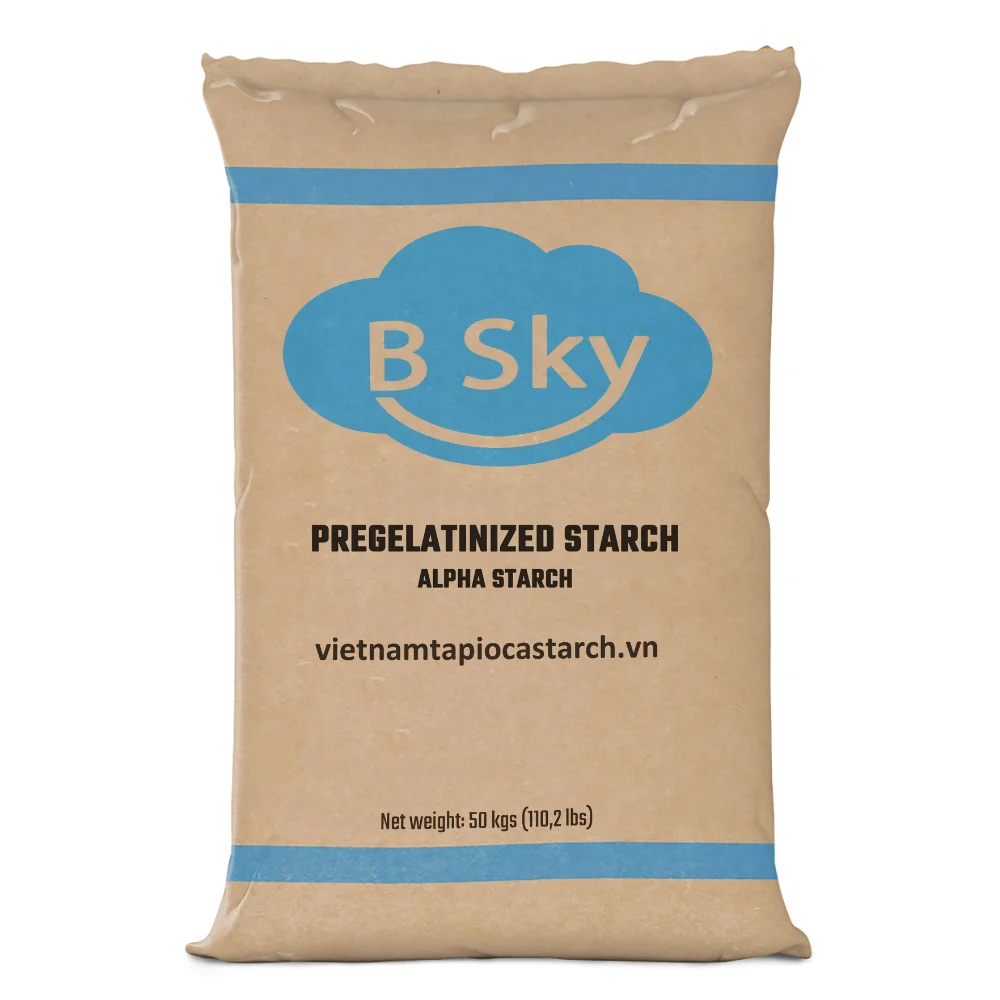
Tapioca Starch as Briquettes Binder Composition
Tapioca starch, derived from the cassava root, is a natural and renewable ingredient that offers numerous benefits in the manufacturing process. Its high adhesive properties make it an excellent binding agent, ensuring the briquettes hold their shape and structural integrity. Furthermore, tapioca starch from Vietnam offers exceptional quality and can be purchased in bulk, making it a cost-effective choice for those in the charcoal industry.
Tapioca Starch vs. Corn starch in Briquettes Production
Tapioca starch serves as an ideal binder for charcoal briquettes production, especially for those interested in buying in bulk from Vietnam. When compared to corn starch, tapioca starch briquettes have a lower ash content, which is highly valuable as excessive ash can hinder the burning process. The higher the binder content, the lower the amount of ash in the briquettes, making it easier to maintain a consistent burning rate without the need for constant ash removal.
Additionally, while tapioca starch briquettes may show higher moisture levels, the increased binder content helps to reduce moisture levels, resulting in briquettes with higher compression strength. However, for manufacturers seeking charcoal briquettes with higher density and strength, corn starch is preferable due to its lower moisture content characteristic.
Overall, tapioca starch is a good alternative for briquettes with lower ash content and higher moisture levels, while corn starch is more suitable for those looking for higher density and strength.
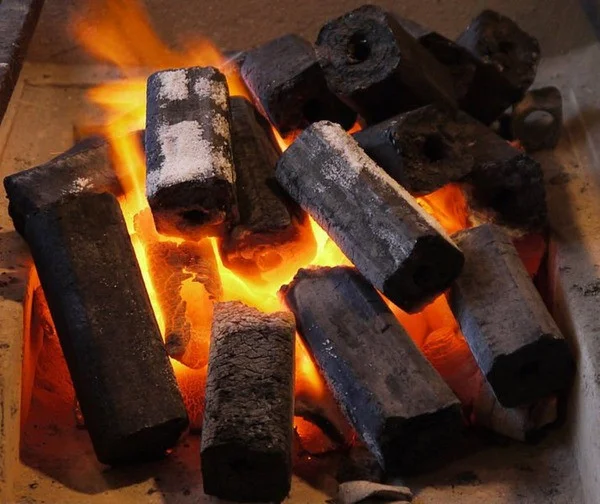
Which Tapioca Starch For Charcoal Briquettes Production?
When it comes to producing charcoal briquettes, tapioca starch has proven to be an ideal binder. With its unique properties, tapioca starch offers numerous advantages, making it an alternative to other binders, such as corn starch. One particularly useful form of tapioca starch for this purpose is Pregelatinized tapioca starch, a old-swelling tapioca starch.
Pregelatinized tapioca starch (Cold-swelling tapioca starch) goes through a specific process that modifies its properties, enhancing its binding capabilities even further. During this process, the starch is heated and moisture is added, causing it to undergo gelatinization. The resultant pregelatinized tapioca starch (cold-swelling tapioca starch) possesses unique characteristics that make it highly effective as a binder for charcoal briquettes.
What is Pregelatinized Tapioca Starch (Cold-swelling tapioca starch)
Pregelatinized tapioca starch (Cold swelling tapioca starch) is a modified form of tapioca starch that has been processed to make it easier to dissolve in cold water. This makes it an ideal choice for binding charcoal briquettes during their production. Pregelatinized tapioca starch (Cold-swelling tapioca starch) has a high viscosity and excellent adhesive properties, which help to hold the briquettes together and prevent them from breaking apart. When mixed with water, this starch forms a thick, sticky gel-like substance that easily adheres to the charcoal particles, creating a strong bond when dried. This adhesive strength helps ensure the integrity and durability of the briquettes during handling, transportation, and combustion.
It also has a neutral taste and aroma, ensuring that it does not interfere with the natural flavors of the charcoal. To produce pregelatinized tapioca starch, a cold-swelling tapioca starch, the tapioca starch is first cooked and then dried to remove the moisture. The cooked starch is then ground into a fine powder, resulting in a product that is easy to mix and use as a binder in charcoal briquettes production.
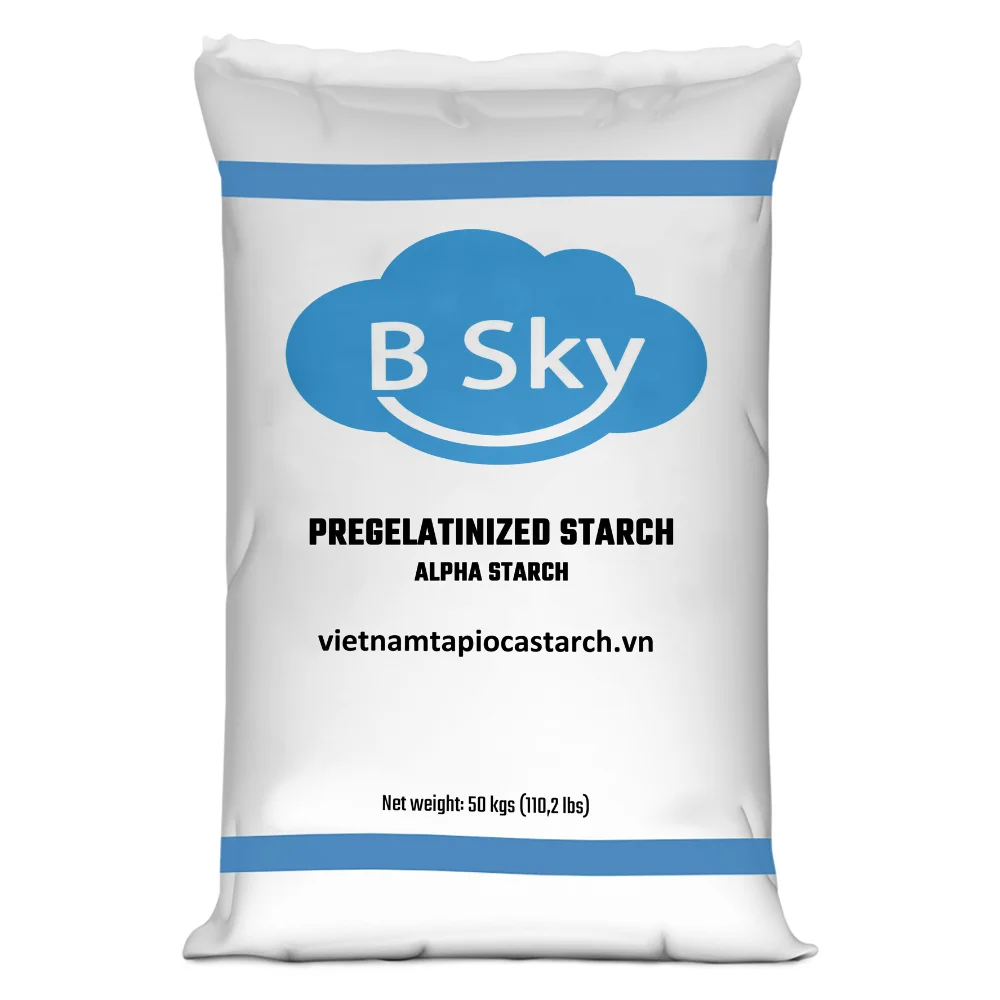
Why choosing Pregelatinized Tapioca Starch for Charcoal Briquettes
Tapioca starch from Vietnam proves to be an ideal binder for the production of charcoal briquettes due to its suitable properties. Firstly, tapioca starch effectively reduces smoke emissions during the burning process, providing a cleaner and healthier environment. Additionally, when used as a binder, tapioca starch significantly reduces the firing up time of the briquettes, making them easier and quicker to ignite. Moreover, the binding properties of tapioca starch contribute to an extended burning time, ensuring a longer-lasting heat source. Another advantageous property is that tapioca starch enables charcoal briquettes to reach a maximum temperature suitable for various cooking and heating purposes. Furthermore, the low cost and abundant availability of tapioca starch make it an economical choice for bulk buyers.
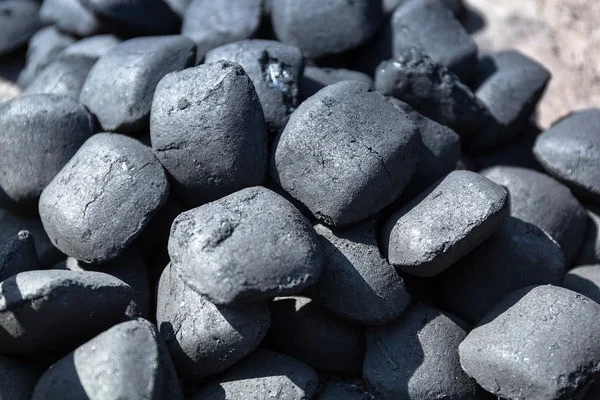
Briquette Preparation with Tapioca Starch
To incorporate tapioca starch into the charcoal briquette production process, manufacturers follow a standardized procedure.
- The raw charcoal is pulverized into fine powder and mixed with tapioca starch in a predetermined ratio.
- Water is added to the mixture, enabling the starch to adhere to the charcoal powder effectively.
- The damp mixture is then passed through a briquette mold or extruder to shape it into uniform briquettes.
- The briquettes are dried thoroughly to eliminate moisture, ensuring their stability and longevity.
Initial Usage Recommendation: Start with a recommended usage rate of 8% modified tapioca starch for the first batch of charcoal. Adjust this ratio based on the quality and performance of the finished charcoal.
In conclusion, pregelatinized tapioca starch, cold-swelling tapioca starch, serves as an ideal binder for charcoal briquettes due to its accessibility, bonding properties, and contribution to briquette quality. Incorporating pregelatinized tapioca starch (cold-swelling tapioca starch) into the production process empowers manufacturers to create high-quality charcoal briquettes that meet the rising demand for sustainable energy alternatives.
B Sky - Be Your Tapioca Starch Solutions
If you are looking for Vietnam affordable-quality tapioca starch with:
- Food grade (Low SO2 starch)
- Standards: ISO, SMETA, HACCP, HALAL, KOSHER, FSSC, USFDA
- Diverse customization: 20/25/50kg PP/paper bag, 850kg jumbo bag…
Please feel free to contact us directly at:
- Whatsapp/Wechat: +84 98 352 45 99
- Email: marketing@viegoglobal.com
- Website/Blog: www.vietnamtapiocastarch.vn
Related Articles
A Comprehensive Manual To Vietnam Modified Tapioca Starch
Greetings to our in-depth manual regarding Vietnam modified tapioca starch . Within this article, we ...
A Complete Introduction To Vietnam Tapioca Starch
Welcome to our comprehensive article on Vietnam tapioca starch , where we delve into its ...
Modified Tapioca Starch for Canned Food - A Great Enhancer
Modified tapioca starch for canned food is a crucial ingredient to its production, providing ...
Exploring Modified Tapioca Starch for Mayonnaise Production
Modified tapioca starch for mayonnaise plays an important role to food manufacturers. With its ...
Modified Tapioca Starch in Peanut Coating Process
Welcome to our comprehensive guide on the role of Modified Tapioca Starch In Peanut Coating . In ...

